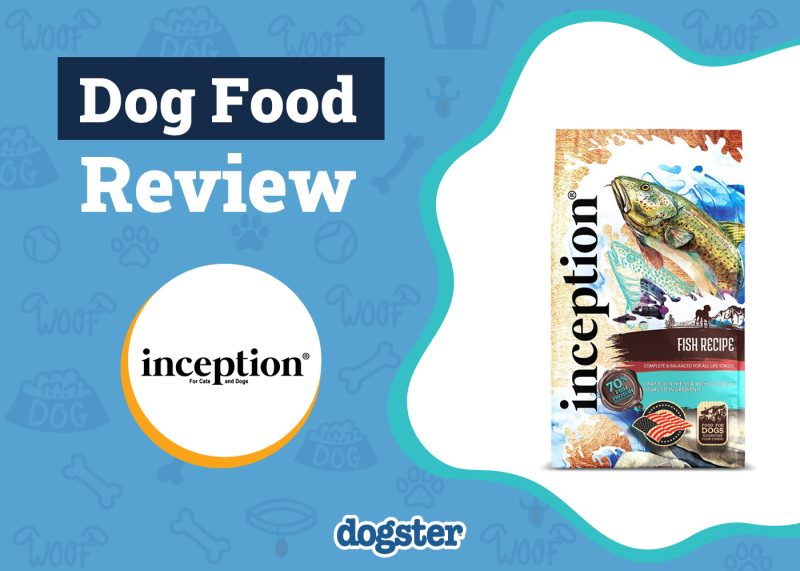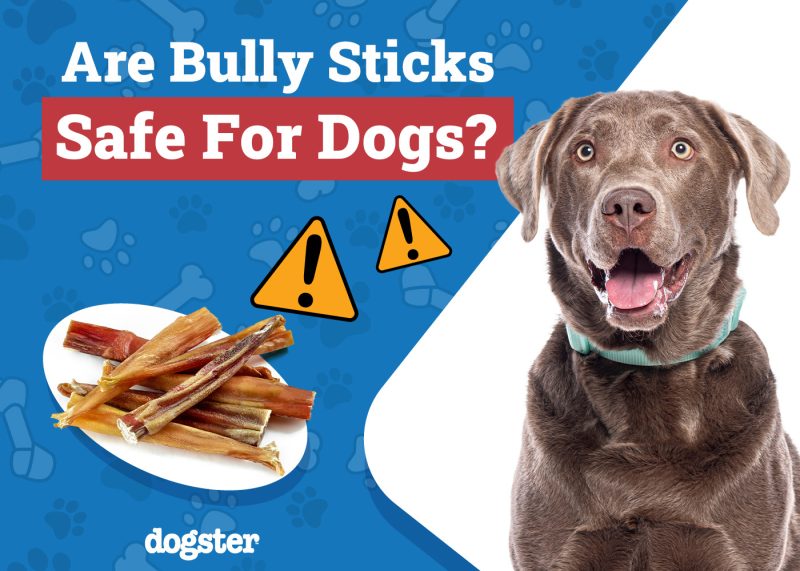In this article
Owning a puppy can be one of the most hilarious, adorable, heartwarming, and frustrating experiences that anyone can have. Taking care of a puppy has various challenges, and ensuring that they get the right nutrition is one of them.
When it’s time to transition a puppy to solid food, it might be tricky, particularly when it comes to dry food. Kibble has many nutritional benefits for dogs, and it’s easy to give them a bowl of it. But what if your puppy doesn’t seem to like the kibble?
Here, we go over a few tricks and tips that can help your pup take to dry food, and we also go over a few possible reasons that your puppy is refusing to eat it.

Reasons Why Your Puppy Might Not Be Eating Kibble
If your puppy seems to be avoiding eating dry food, it’s quite possible that your puppy is just being picky, or there might be teeth or health issues at play.
1. Puppy’s Age
Puppies are typically fully weaned before they are offered dry food, which is by 6 to 8 weeks of age. They start on solid food by about 4 weeks and might be able to eat dry food by the time that they are over 8 weeks old. There are a few methods that you can use to get your puppy accustomed to dry food.

2. Puppy’s Health
If your puppy has been eating without any issues but suddenly stops, you should check on your puppy’s health. A sudden lack of appetite could be some kind of gastrointestinal upset, so it might be time for a visit with a vet. But if your puppy seems to be eating other types of foods and is just avoiding the kibble, this is more likely a puppy being choosy.
3. Teething
Teething in puppies can last from 2 weeks up to 8 months of age. This can make them chew on everything in sight, but dry food might be too uncomfortable to eat at this time. If you suspect that your puppy is teething, you can offer softer food.

4. Picky Puppy
It’s possible that your puppy is just being fussy. They might not appreciate the texture or the taste of kibble, especially if they enjoy eating wet food.

The 10 Tips to Get Your Puppy to Eat Dry Food
If it’s not a health problem, here are commonly used methods to get your puppy more interested in eating dry food. If it is a health problem, this can only be addressed by a vet.
1. Speak to a Vet
Before you start feeding your puppy dry food, you should start by asking a vet what the best foods are for your puppy. Some puppy food needs a veterinarian prescription, but a vet will only offer this if your puppy has a medical condition. Otherwise, they can let you know the best puppy foods specifically for your dog.
If you need to speak with a vet but can't get to one, head over to PangoVet. It's our online service where you can talk to a vet online and get the personalized advice you need for your pet — all at an affordable price!

2. Get the Right Kibble
Your vet will likely give you this information, but you need to ensure that you are getting food that is formulated for your puppy’s current age, weight, and breed.
You don’t want to give your giant breed puppy a food that is meant for small dogs or vice versa. The nutrients in the kibble help support a growing puppy, and it’s easier for small puppies to eat kibble designed for small mouths and teeth. Large-breed puppy food helps support joints and bones because large-breed dogs are prone to chronic skeletal and joint issues.
- Determine proper dog food portions and ideal daily intake with our helpful calorie calculator here.
3. Moisten the Food with Warm Water
Once you have high-quality dry food, now it’s time to experiment. You can start by adding warm water to the food, about 1 part water to 3 parts dry food, and letting it sit for several minutes.
If your puppy still isn’t showing much interest, try warming it in the microwave for 20 seconds or so, as this will amp up the aroma. Just be sure it’s not too hot for your puppy.
4. Add Wet Food to the Dry Kibble
Be sure to consult with your vet first about the best canned food for puppies, but just adding a bit of canned food to the dry might be a great way to entice your puppy to eat. Try to stay within the same brand as the dry food. If this isn’t possible, aim for a few of the same ingredients. If the kibble is beef, find a canned food also made with beef.
This might also require experimentation. Some puppies might prefer the wet food to be warm, room temperature, or even cold. So, if your puppy doesn’t seem interested in it, try it at a different temperature.

5. Moisten the Food with Puppy Formula
This is the same idea as the previous step, but instead of using warm water, you use puppy formula. It’s full of probiotics, prebiotics, vitamins, and minerals, and most puppies love it! It might make the kibble more palatable for picky puppies.
6. Don’t Give Your Puppy Any People Food
If this works, you’ll want to gradually reduce the formula over a week or two until there is no longer any milk powder and your puppy has fully transitioned to kibble.
During this time of transitioning your puppy to solid food, don’t give your pup any human food at all. Make sure everyone in the household knows and respects this rule.
You should also avoid giving your puppy too many treats at this time. Reserve the treats for training purposes only. You don’t want your puppy to fill up on food that is not nutritionally balanced, which will make the transition to kibble more difficult.

7. Set up a Mealtime Routine
Try putting the kibble out at a designated time, and if the puppy doesn’t eat it, you remove it after 10 minutes. If they have not eaten anything, repeat this step in about an hour’s time. Do this for every meal. Up until about 6 months of age, your puppy should have three meals a day. Keep repeating this, and your puppy might start to eat their kibble.
8. No Routine Might Work Better
Puppies are easily distracted, so having a formal routine for mealtime might not work for all puppies. There are better things to do and explore instead of standing around and eating an entire meal.
If you suspect that your puppy is easily distracted, put out the kibble in an area where your puppy has easy access. This way, your puppy can stop and nibble every time they pass by. Once they get older (usually by 6 months), they get better at holding their attention. You can then try scheduled mealtimes.

9. Change or Ditch the Bowl
Perhaps your puppy is just not impressed with their food bowl. If the bowl is narrow, try a wide one. If it’s stainless steel, try ceramic. Try different colors!
But before you run out and buy a new bowl, put a few pieces of kibble on the hard floor and see if they will eat it that way. This could help your bowl purchase decision.
Alternatively use puppy food as the learn to earn method of training and feed it throughout the day as rewards for toilet training, sitting and other basic commands. They may also prefer it in a puzzle toy or snuffle matt.
10. Change the Flavor
The food just might not be the right flavor. Sometimes switching to a fish-based puppy food can work. If you need to experiment with flavors, try to get sample bags or at least the smallest bags that you can find.
If your puppy doesn’t like the kibble that you’ve been picking up and there’s a large amount left over, consider donating it to your local animal shelter or rescue.


Summary
Sometimes it will take a great deal of time and patience to get through this stage. If you’ve tried everything, it’s possible that your puppy might only want canned food, which is still an excellent option, and there’s no harm in an all-wet dog food diet.
But your vet might be able to give you more ideas for getting your puppy interested in kibble. You can also try options like a puzzle feeder, which encourages your puppy to play and receive pieces of kibble as a reward. There are many ideas that you can try!
Remember to take your puppy in to see the vet if you’re ever concerned about your puppy’s weight or health. A puppy can be both picky and healthy, but it’s a good idea to be sure.
See Also:
Featured Image Credit: Switlana Sonyashna, Shutterstock


















